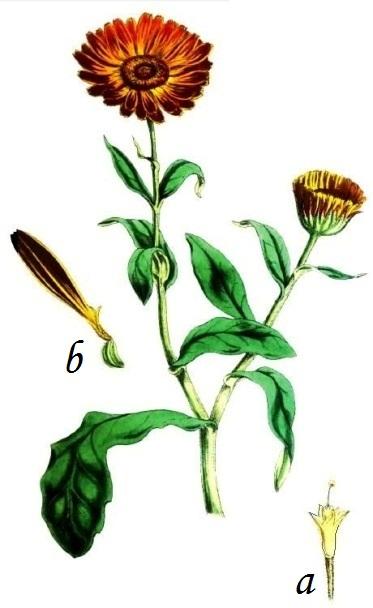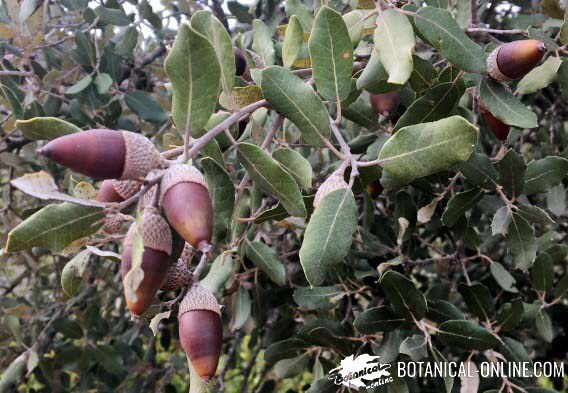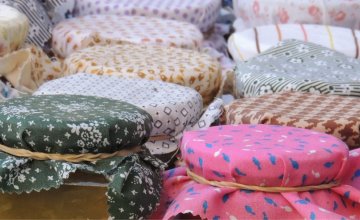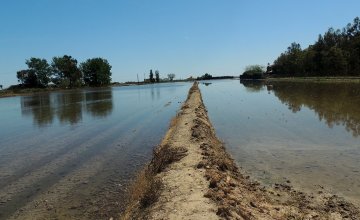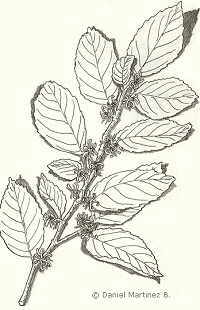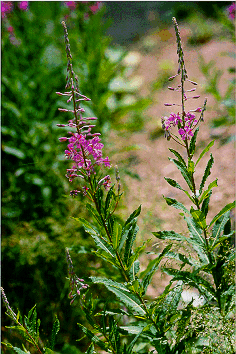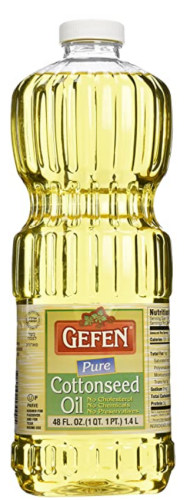Contents [show]
CHARACTERISTICS OF QUINOA
What is a quinoa plant?
Common English name: quinoa
– In Quechua: kiwña, kiuna.
– In Spanish:quinoa, quinua
– In Catalan: quinoa.
– In Portuguese: Rice miudo do Peru, Espinafre do Peru, quinoa.
Scientific name: Chenopodium quinoa Willdenow.
Synonym: Chenopodium album L. ff. quinoa Willd.
Family: Chenopodiaceae.
Habitat: plant native from South America – Andes of Peru and Bolivia. This plant is notable for its adaptability to all types of soils and climates. Its cultivation has spread to every continent, and the latest varieties can grow in salty soils and resist drought and frost.
Therefore, quinoa has been selected by FAO as one of the crops to provide food security in the next century.
Description of quinoa
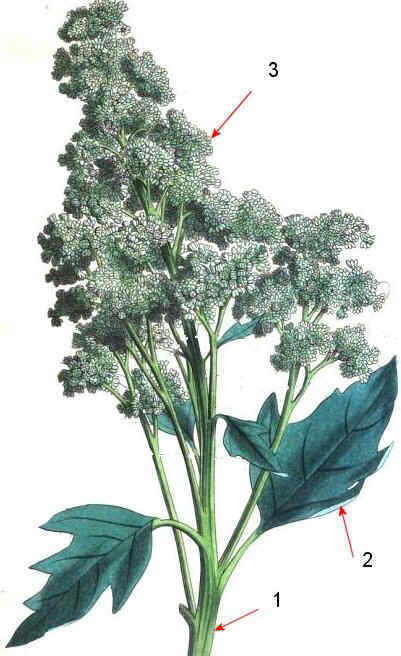
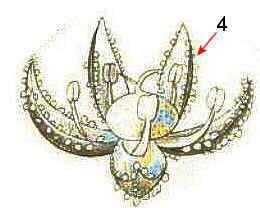
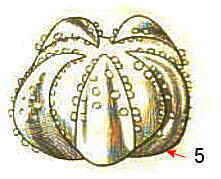
Drawings of quinoa(Plant above. Flower and fruit, below)
Unlike what may its use may suggest, quinoa does not belong to the family of grasses and cereals (rice, rye, barley, wheat), but quinoa is considered a pseudo cereal. This means that although botanically is not a poaceae, such as cereals, however it is considered as such because it has a high starch content.
Quinoa is the grain of an annual herbaceous plant with the same name, which grows like a common “weed” in temperate climates and belongs to the same botanical family as beets, spinach or chard.
The entire plant can grow to 30 cm to 3 meters (up to 8) in height and is a plant resistant to frost and drought that adapts to all weather and type of soil (pH 4.5 to 9.0). It is believed that its domestication dates back to 5.000aC, more than 7,000 years ago in the Andean region.
Its roots are very fibrous and resists high winds. It is structured as a taproot (main root) branching secondary roots. When the root is fully developed, it can reach 1.8 meters deep, depending on terrain and weather.
The stem (1) is robust, with scaly and reddish bark. It is cylindrical and becomes angular at the ramifications. Its thickness and color can change depending on the variety, from 1-8 inches in diameter, and from greenish color to red, sometimes with purple tones. Inside, the hollow stem is spongy and rich in pectin and cellulose that can be used for the manufacture of paper and paperboard. Depending on the variety, it is a plant with many branches or only with one main stem.
The leaves (2) of the plant are stalked and compound, alternate to the stem and green. At maturity of the plant, they turn yellow or red, depending on variety. These leaves are thick and fleshy. We can find in the same plant rhomboid leaves (usually the top ones) and lanceolate leaves (around the inflorescences), what is known as polymorphism of the leaves. The edges of the leaves may be toothed, serrated or smooth.
The underside of the leaves is covered with “hairs”, with a white or red-purple granular vesicular pubescence
The leaves of the quinoa plant are rich in calcium oxalate, which forms a sort of “grit” on the surface of the leaves. Oxalates allow the plant to absorb and retain moisture better from the environment, while protecting it from frost. This phenomenon is known as hygroscopic capacity of the sheet.
The leaves are edible and are consumed mainly in the Andean region. They are cooked fresh prior to flowering. People call them “llipcha” in Quechua and “Chiwa” in Aymara.
Each stem or rod ends in an inflorescence (3) in the form of panicle or raceme. Each panicle has a central axis (more developed) and secondary and tertiary branches. There are two types, depending on variety: glomerulate (compact or dense) or amarantiform (loose).
Inflorescence length ranges from 30 to 80 cm by 5 – 30 cm in diameter. In a panicle from 100 to 3,000 achenes can be found. In the most productive varieties one can pick up to 500g of grain per panicle.
In Mexico, its tender inflorescence is consumed as a vegetable. It can also be consumed cooked or fried. This dish is called “capeados de huauzontle”.
Quinoa flowers (4) are incomplete, sessile and have no petals. It is in flower from July to August. Its seeds ripen from August to September. The flowers are hermaphrodite (they have both male and female organs) and female or pistillate. At bloom, they are tiny, reaching a maximum size of 3 mm.
The fruit (5) of this plant is a dry fruit achene, wit a cylindrical lenticular form. It is coated with a thin pericarp, which contains 4% saponin, something that give it a characteristic bitter taste and “foamy” aspect in the cooking water. Saponin function is to protect this fruit from predators. It must be removed (in an alkaline solution) when the seed is intended for human consumption, because saponins can cause serious health problems, such as to destroy the red blood cell membrane. The grain can have different colors: white, red, purple, brown and black.
Perisperm is the main part of the seed, representing 60%. It is the most rich in starch of the seed. The perisperm is enveloped by the embryo, from which a very characteristic yellowish-white “tail-like” structure stands out,: the radicle.
The radicle constitutes 30% of total seed volume (up to 8.2mm) wrapping with a curvature of 320 degrees. This embryo is the most rich part of the seed in proteins (35-40%).
Harvesting takes place after the plant reaches physiological maturity. This is recognizable because the lower leaves change color to yellow and begin to fall. Maturation takes 5 to 8 months, according to the growing cycle of each variety.
* More information about its characteristics
Varieties of quinoa
In the South American continent, where the plant becomes from, there are five varieties of quinoa:
– Valley quinoa: It can grow in the valleys, at altitudes between 2,000 and 3,000 meters above sea level.
– Highland quinoas: They usually grow around Titicaca Lake.
– Quinoas of Salares: Variety native to the Salt Flats of Bolivia.
– Sea Level quinoas: They grow in southern Chile.
– Subtropical quinoa: Al variety of the Andean valleys of Bolivia.
The most commercial varieties are Kancolla quinoa and Blanca de Junín or Juli. They all have white grain, and they all were selected in Peru in 1950. The first has some content in saponins, which gives it a bitter taste, while Blanca de Junín quinoa quinoa is considered sweet or without saponins (containing less than 0.11%).
Some other well-known varieties are Witulla and Pasancalla, characterized by the pinkish-brown color of its grain.
![]() More information on quinoa.
More information on quinoa.

